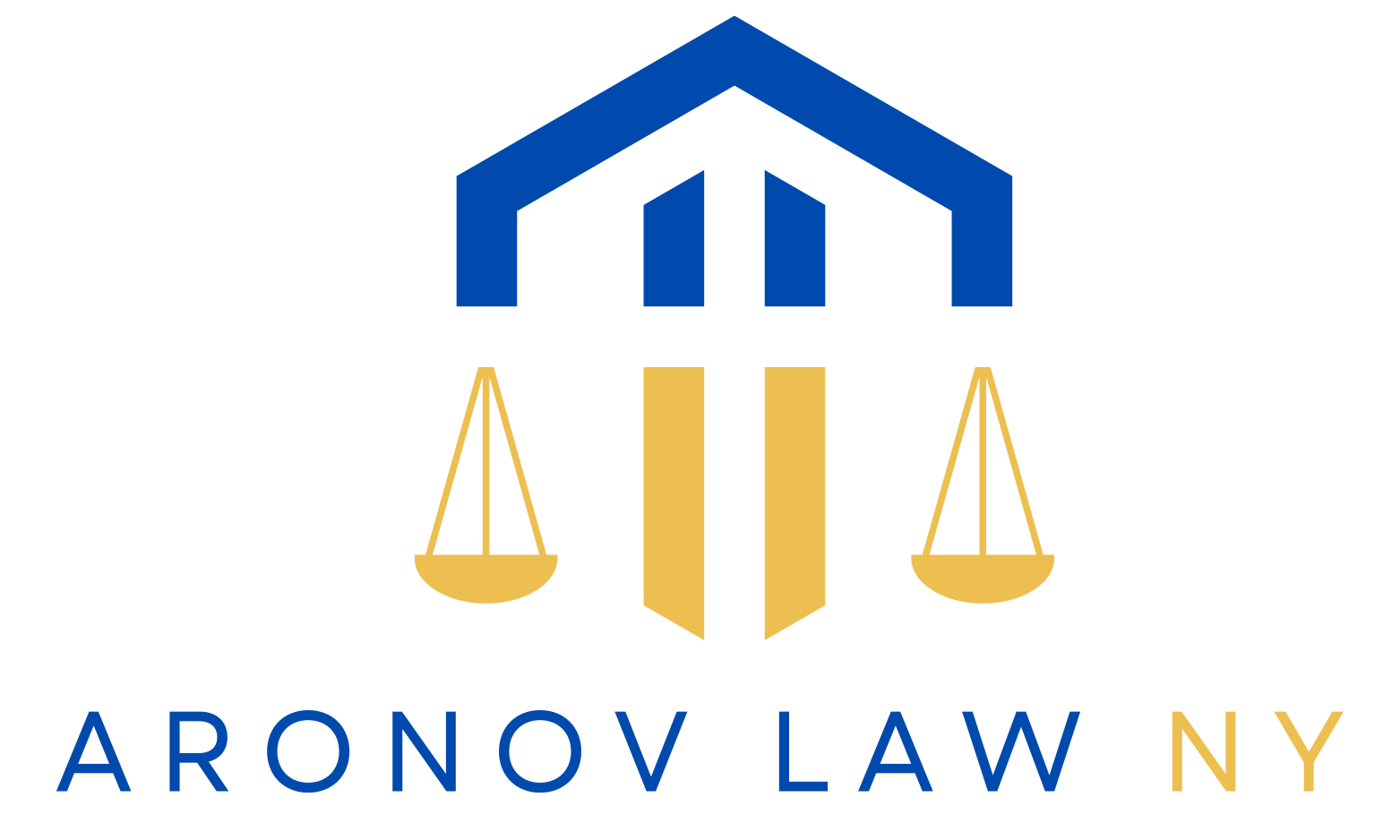10 Steps To Navigating Injury & Tort Laws In New York
Ok folks, in an effort to save you time we have compiled a list of 10 aspects of injury law that often come up during our free consultation sessions that are unclear to potential clients. With that said, any information below definitely does not constitute the formation of a lawyer or attorney client relationship. For that, you will have to actually call us and discuss your specific case with our legal team.
Personal injury accidents can happen when we least expect them, leaving individuals dealing with physical, emotional, and financial challenges. Below, we’ll explore the key aspects of personal injury accidents while creating you a 10 step map of how we navigate this legal field for our NY personal injury law clients.
- Common Types of Personal Injury Accidents:
- Overview of various personal injury accidents, including car accidents, slip and falls, workplace injuries, and medical malpractice.
- Statistics highlighting the prevalence of personal injury incidents in the United States.
- Immediate Steps to Take After an Accident:
- Guidance on what to do immediately after an accident, including seeking medical attention, documenting the scene, and exchanging information with involved parties.
- Importance of reporting the incident to authorities and preserving evidence.
- Understanding Personal Injury Laws:
- Overview of personal injury laws, including the concept of negligence and the duty of care.
- Explanation of how liability is determined in personal injury cases.
- Types of Compensation Available:
- Breakdown of the types of compensation available in personal injury claims, such as medical expenses, lost wages, pain and suffering, and punitive damages.
- Discussion of how insurance coverage may come into play.
- The Role of Personal Injury Attorneys:
- Explanation of the importance of hiring a personal injury attorney to navigate the legal process.
- Overview of how attorneys can help gather evidence, negotiate with insurance companies, and pursue legal action if necessary.
- Dealing with Insurance Companies:
- Tips for communicating with insurance adjusters and avoiding common pitfalls during the claims process.
- Discussion of potential challenges and delays in receiving fair compensation.
- Settlement vs. Litigation:
- Exploration of the pros and cons of settling a personal injury claim versus pursuing litigation.
- Factors to consider when deciding the best course of action for your specific case.
- Statute of Limitations:
- Explanation of the time limits for filing a personal injury lawsuit and the importance of adhering to these deadlines.
- Awareness of exceptions and extensions in certain circumstances.
- Emotional and Psychological Impact:
- Recognition of the emotional toll personal injury accidents can take on individuals and their families.
- Discussion of coping strategies and the importance of seeking mental health support.
- Preventing Future Accidents:
- Tips for accident prevention and promoting safety awareness in various environments.
- The role of individuals, businesses, and communities in creating safer spaces.
We hope you enjoyed the aforementioned 10 step road map to New York Personal Injury Law, but there is a lot more to it of course. We first wanted to provide you with a macro level understanding of where some of our initial conversations go and get a feel for what a personal injury consultation can sound like. After this stage we have to start to help the client think about whether they actually have a case, so here we go.
Three grounds on which personal injury claims can be brought:
- Negligence is the most common basis for personal injury claims. The basis for liability under negligence stems from an individual’s failures to behave with the level of care that someone of ordinary prudence would have exercised under the same circumstances. For example, a hunter who carelessly shoots his gun towards other people.
- Strict Liability holds a defendant liable for committing an action, regardless of what his/her intent or mental state was when committing the action. For example, if an injury occurs as a result of a defect in a product, the manufacturer is responsible for that injury even though they did not act negligently or intend for their product to cause harm.
- Intentional Wrongs result from an intentional act of the defendant. Common intentional torts are battery, assault, false imprisonment, trespass to land, trespass to chattels, and intentional infliction of emotional distress.
The law enables people to recover for damages wrongfully caused by others. The circumstances in which a person seeks to recover in court for physical, mental, reputational, or property damage whether caused intentionally, accidentally, or negligently by another person, a company, or even a municipality or other government agency is one of the broadest areas of the law. You may hear lawyers or others call this area “tort law.” This section deals with non-property related tort law, injuries to the body or mind of a person, otherwise known as personal injury law. let’s try to understand a bit better what a “tort” actually is.
What’s a “tort”?
A tort occurs when one person acts wrongfully and, in doing so, causes injury to another person. The injury can occur because of a fall, a car accident, a malfunctioning product, a botched medical procedure, false accusations, poisoning by toxic chemicals, police misconduct, unlawful serving of alcohol to a minor, criminal activity, etc. The list of potential causes of torts is as broad as the activities that occur in society. However, the defining aspect of a tort is the injury—without injury or harm, there is no tort, even if someone acted wrongfully:
- Example: You slip and fall on a wet floor in a grocery store. If you get up and walk away without any harm, there is no tort and no personal injury case, no matter how careless the store was in not cleaning its floor.
- Example: A car goes through a red light, causing you to dive to the ground. Again, if you get up and walk away with no injury, there is no tort, despite the actions of the driver.
People injured by the wrongful conduct of others can recover monetary damages by suing in a civil court.
Ok, friends and readers alike, our personal injury 101 lesson is just about over, thank you for reading and please come again.
Schedule a Free Contingency Based Personal Injury Consultation now at any of our offices in the 5 boroughs including Manhattan, Queens, Brooklyn, Bronx & Staten Island. Call (718) 682-3480 now or fill out the adjacent form to start your injury claim today. You need experienced experts in Personal Injury Law to bring your case to a successful, financially satisfactory conclusion.
Corporate Injury Law Office Directions:
88-02 136th Street, Queens, NY 11418
Secondary Personal Injury Law Office Location:
141-24 Jewel Ave Fl 2, Queens, NY 11367 (718) 682-3480
Bronx, NY Injury Law Office:
1231 Lafayette Ave fl 2, Bronx, NY 10474 (718) 682-3476


